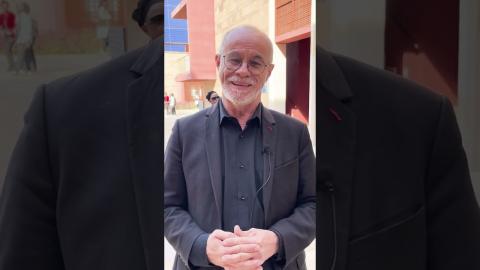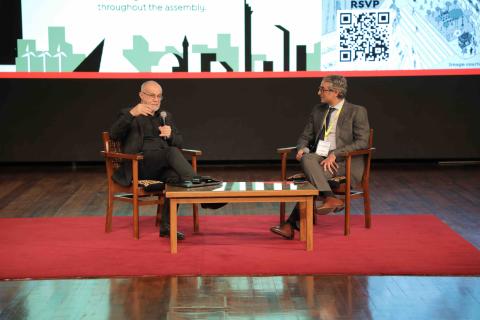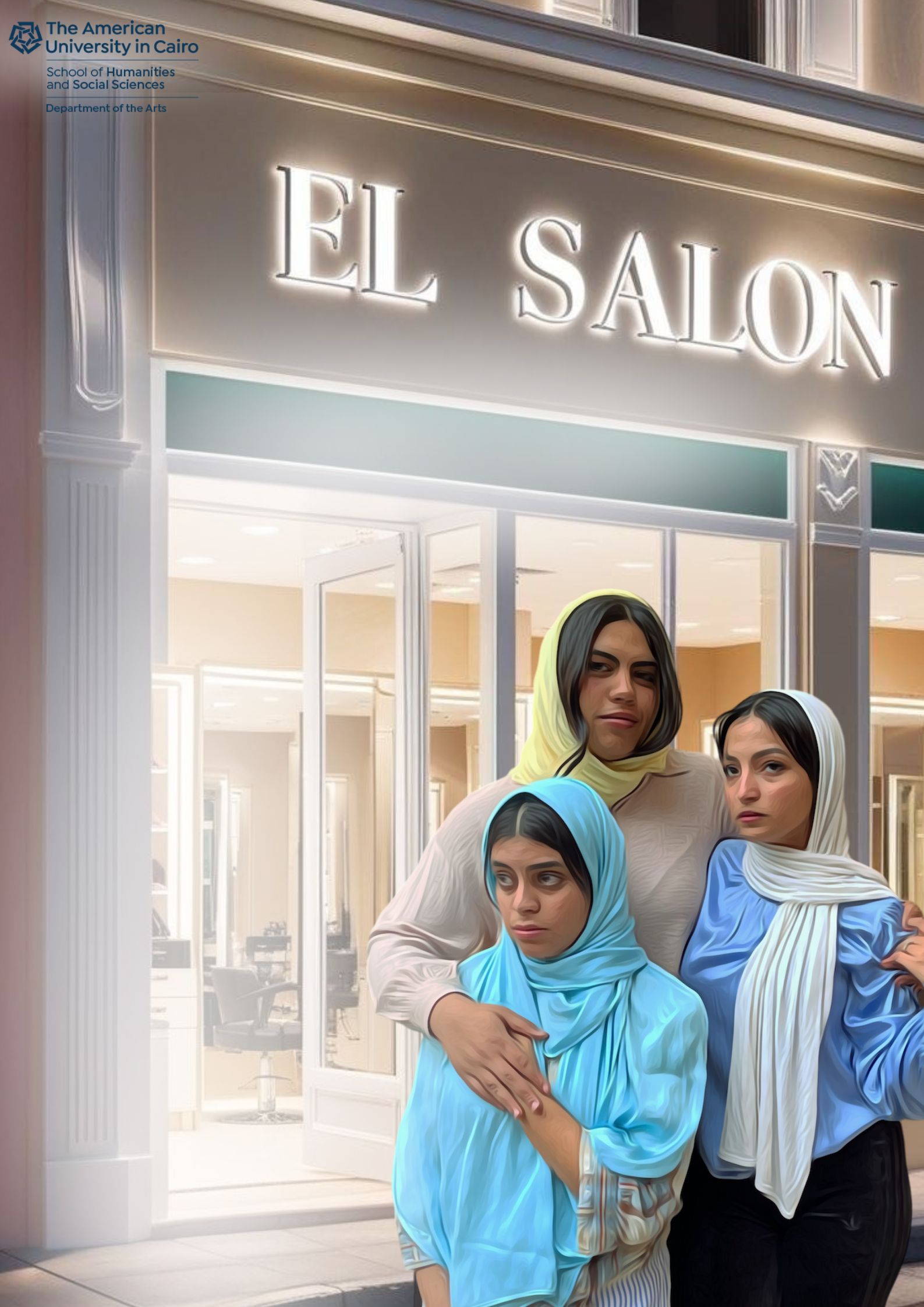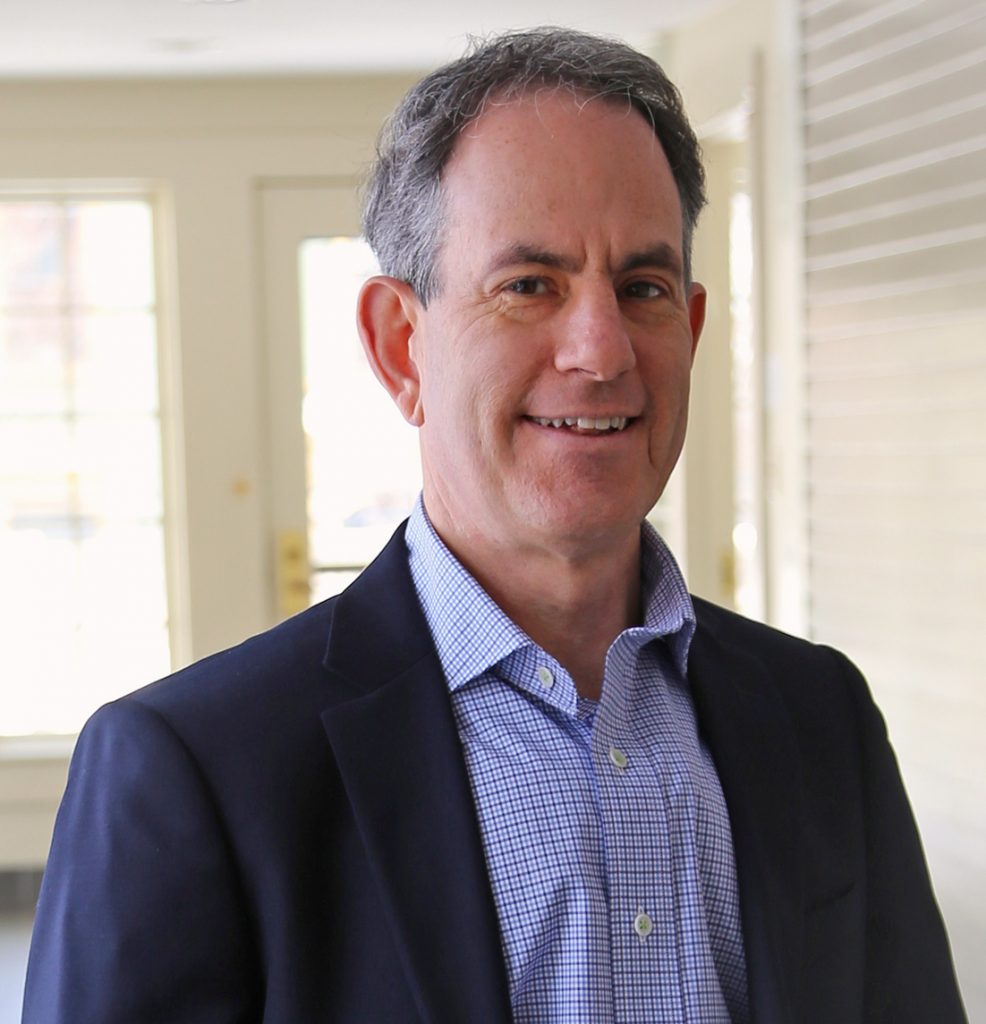How was your visit at AUC? What’s your impression of AUC researchers, students and faculty working on urban sustainability?
This is the first time I visit AUC, and it has been a really good experience. This is a wonderful campus. The World Urban Campaign Assembly session was perfectly organized. There were a lot of people: students, professors and academic researchers who are interested in generating collaborations and synergies in topics in our field.
The 15-minute city is the urban revolution based on a happy proximity for offering services in a city.
You developed the 30-minute territory/15-minute city concept for urban living, a concept meant to reduce carbon emissions and promote local growth. How did the idea come about?
The 15-minute city is the urban revolution based on a happy proximity for offering services in a city. In 2010, I realized that the most strategic issue in cities will be climate change, and for a successful fight against it, we need to modify our mindset, transform our mobility and develop a more vibrant local economy for our neighborhoods. In 2015 Paris hosted COP 21 and we negotiated the Paris Agreement. In 2016, I proposed this concept for the first time to develop an urban revolution: proximity within the 15-minute city, 30-minute territory as the best vector for reconciling sustainability, to reduce our carbon footprint, and to foster our local economy and local employment while rebuilding social links in cities and neighborhoods. It’s about the transition from a decarbonized world toward a greener, thriving neighborhood for human-centered urbanism.
Paris, Milan and Buenos Aires have already begun to embrace the model. Where else has the concept been translated into reality?
The 15-minute city concept was first embraced by the mayor of Paris, Anne Hidalgo, in 2019. The C40 Cities, the largest network of metropolises fighting against climate change, embraced this concept in 2020 — we had Buenos Aires, Montreal, Milan and other cities around the world in different continents. Given that the 15-minute city and the 30-minute territory work as a double framework, there is a very large possibility for customizing the particular condition of each city. Buenos Aires is totally different from Paris, which is totally different from Seoul. However, each of the three cities has developed this concept for generating its own transition pathway.
We’re in Cairo, a sprawling city where places are separated by vast distances. How does your framework apply in a city like Cairo?
Cairo is one of the most relevant metropolises in the world, and to customize this concept is totally possible since the 15-minute city functions regardless of the size or population density. The first element we need is for local, regional, or even national governments to consider the concept as a key point for generating a new urban road map. This is significant given that this concept is, above all, for common good cities and dweller-oriented urbanism.
"We need to radically transform the neighborhood for fostering people who decide to abandon a car-centered life in favor of a human-centered social fabric."
The second point is that we need to discuss with the private sector (the stakeholders) an adaptation of the business model to create the proper real estate conditions for the 15-minute city. This can create more compact cities and change the business model in favor of multipurpose buildings and spaces to generate a new kind of neighborhood. We need to work with NGOs in developing an urban culture and creating a strong link to the cities and dwellers in order to continue to change the mindset of citizens.
How do walkability and public transportation play a role in the concept?
Walkability and public transportation are pillars of mobility that are required to break away from car dependency, which is one of the largest difficulties for changing our paradigm in cities today. The automotive industry lobby is very present and powerful, and at the same time, the mindset of inhabitants is totally intertwined with this idea that having a car is important to being someone in a city; a car is not only a means for mobility in cities but a symbol of social status. It is also one of the most significant emitters of carbon emissions and fine particles that generate many diseases, as well as a source of obesity. Walkability can reduce these urban diseases, though we still need to convince people. We need to create a new human behavior to break away from this idea and transition to a city 100% for humans. Walkability and bikeability are two pillars in this transformation.
How can we achieve that?
We need to create green infrastructure, green areas, water fountains, protected bike lanes and more services in proximity through local jobs, commerce, cinemas and theaters, and public spaces for cultural activities. We need to radically transform the neighborhood for fostering people who decide to abandon a car-centered life in favor of a human-centered social fabric.












